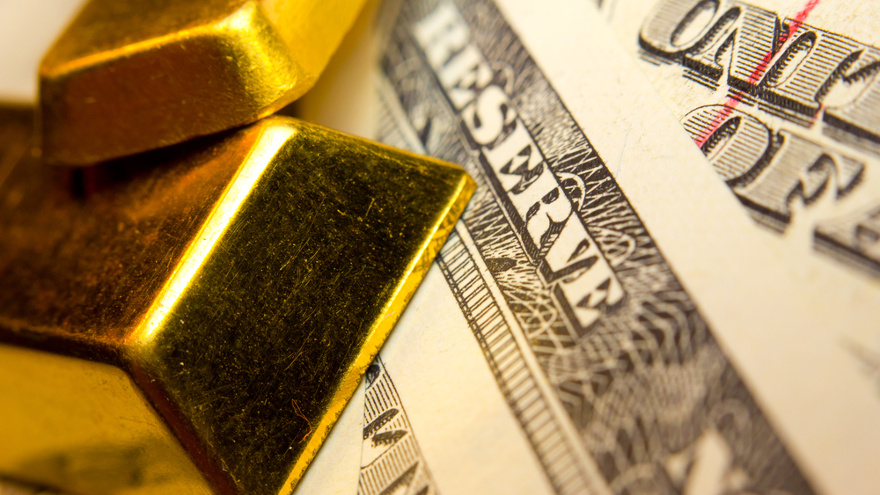Fed passes on latest chance to raise interest rates

By subscribing, you agree to receive communications from Auto Remarketing and our partners in accordance with our Privacy Policy. We may share your information with select partners and sponsors who may contact you about their products and services. You may unsubscribe at any time.
WASHINGTON, D.C. –
At least for another month, auto finance companies won’t necessarily have to modify the interest rates they charge because of the latest decision by the Federal Reserve.
Thanks to unanimous approval by all eight members of the Federal Open Market Committee (FOMC), policymakers this week decided to maintain the target range for the federal funds rate at 1.50 to 1.75 percent. The committee explained monetary policy remains accommodative, thereby supporting strong labor market conditions and a sustained return to 2-percent inflation.
“Information received since the (FOMC) met in March indicates that the labor market has continued to strengthen and that economic activity has been rising at a moderate rate,” the committee said in a news release distributed by the Fed.
“Job gains have been strong, on average, in recent months, and the unemployment rate has stayed low,” policymakers continued. “Recent data suggest that growth of household spending moderated from its strong fourth-quarter pace, while business fixed investment continued to grow strongly.
“On a 12-month basis, both overall inflation and inflation for items other than food and energy have moved close to 2 percent,” they went on to say. “Market-based measures of inflation compensation remain low; survey-based measures of longer-term inflation expectations are little changed, on balance.”
Reflecting on what this means for the auto business, Cox Automotive senior economist Charlie Chesbrough touched on interest rates after first-quarter new-vehicle sales figures arrived.
Subscribe to Auto Remarketing to stay informed and stay ahead.
By subscribing, you agree to receive communications from Auto Remarketing and our partners in accordance with our Privacy Policy. We may share your information with select partners and sponsors who may contact you about their products and services. You may unsubscribe at any time.
“Interest rates, which have been rising with recent Federal Reserve policy tightening, have lifted auto loan rates to levels not seen since 2013 but do not appear to be derailing automotive sales,” Chesbrough said.
“Our expectation is that more interest rate increases will occur in 2018 and the resulting higher monthly payments will, eventually, slow the current pace,” he added.
Meanwhile, Comerica Bank chief economist Robert Dye examined what the Fed is also watching closely — the job market. Dye described April job growth as “moderate,” with payrolls up by 164,000 net new jobs for the month.
Probably what also caught the attention of the Fed, Dye noted the unemployment rate fell to 3.9 percent — the lowest it has been since December 2000
“The establishment data showed gains across most sectors, but was not uniformly good,” Dye said.
“This is a Goldilocks jobs report; not too hot to push the Fed solidly into a fourth rate hike this year, and not too cold to cause concern about the economy,” Dye continued. “I continue to expect at least two more fed funds rate hikes this year, with the next 25-basis-point rate hike coming on June 13.”


